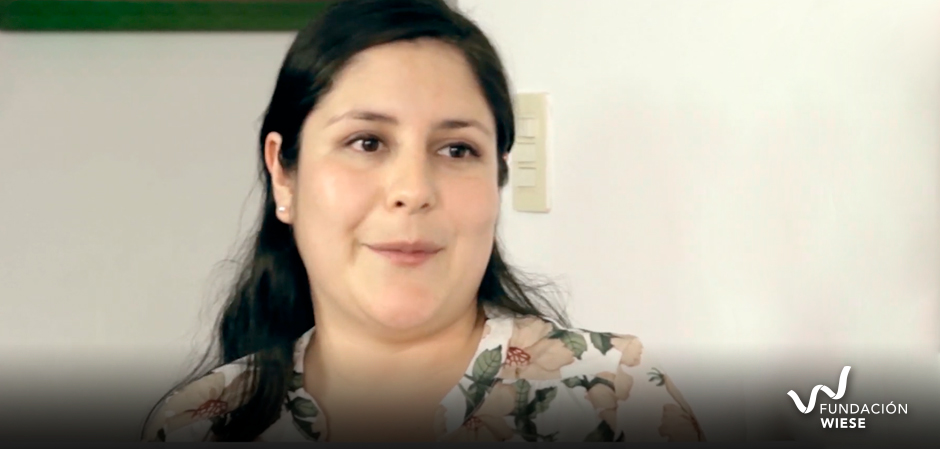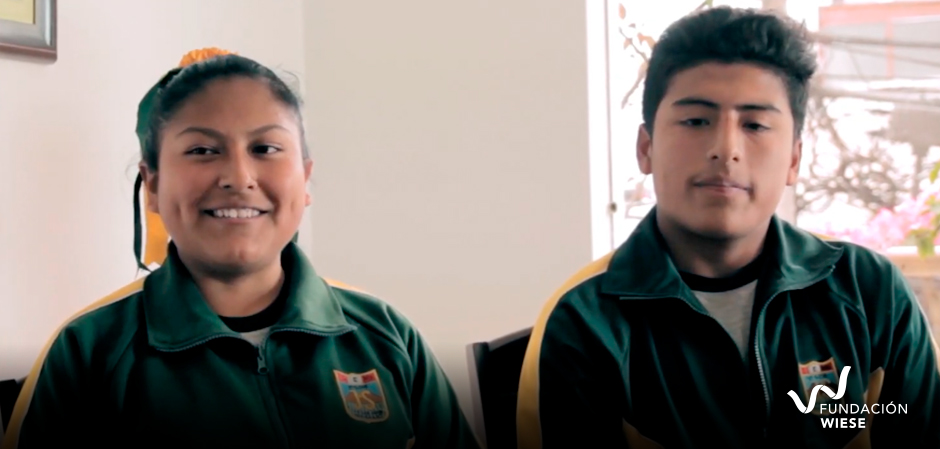In Peru, there are approximately 3.5 million adolescents, which means that 3 out of 10 Peruvians belong to this demographic segment. We are a country that owns an emerging youth population whose education should be approached from various perspectives. In that context, the Wiese Foundation has assumed the challenge of getting involved with the education world and setting itself the goal of facilitating the learning. That’s how we came up with Educational Dialogues, a series whose third season aims to improve the potential of adolescents.
The third season of the Educational Dialogues series, “Education and Adolescence, a look from the potentialities” is presented by Liliana “Pelusa” Villanueva, Director of the Educational Quality Program of the Wiese Foundation, and consists of interviews with teachers, directors, and researchers who, appealing to reflection, promote a better education quality. Below there’s an extract of these dialogues and a link to watch the full interview.
Chapter 1: Adolescents from their potentialities
Interviewed: María Angélica “Nani” Pease, Director of the “Being an adolescent in Peru” project, of the Pontificia Universidad Católica del Perú (PUCP)
In this interview, we’ll learn about how the ideas and beliefs that we make on our own of the adolescents, influence the relations we establish with them. We will also learn about studies that show how adolescents feel when being described in a negative way.
Chapter 2: Barriers for a full development from dialogues with adolescents
Interviewed: Diana Prudencio, Head of the technical team of the National Education Council
Through this dialogue, Diana Prudencio reveals to us how the adolescent population is quite abandoned in all sectors, even when there is a huge demand for information on socio-emotional well-being, sexuality education and guidance for their life projects.
Chapter 3: Participation and leadership of adolescents
Interviewed: Diego Padilla Huamán, researcher of the “Adolescent participation in the Ucayali, Loreto, Huancavelica and Metropolitan Lima regions” project.
In this opportunity, Diego Padilla shows us the results of the research project in which 140 adolescents from four regions of the country participated and in which the design thinking tool was implemented.
Chapter 4: High-school challenges. A high school that welcomes, and teachers who are welcoming-enough
Interviewed: Ángela Bravo Chacón, high-school principal – DES Ministry of Education
Does the high-school need to be reconsidered? Do we need a high-school that challenges students? Is it essential to reinforce the teaching profile? these are some of the questions that Angela Bravo will solve in this educational dialogue.
Chapter 5: Pedagogy for adolescents
Interviewed: Marcos Guevara, “El Aleph” school teacher.
The best pedagogy for adolescents is reflected when they feel that their voice is heard, this makes them much more engaged in activities and in school. Marcos Guevara points out that audiovisual and artistic tools are languages that help us express ourselves with adolescents.
Chapter 6: Transforming the high-school climate. Experience of a school.
Interviewed: Yésica Alejandro Huancco, “IE 6016 Jesús Salvador” principal.
Is it possible to have an autonomous, inclusive, free, transformative school? Considering her ten years of experience as a teacher, Yésica Alejandro, principal of one of the schools operated by FWCA, shows us how this transformation is possible if we consider the bond of teachers and adolescents.
Chapter 7: Demands, expectations, and aspirations of adolescents
Interviewees: Maricielo Melo Noa and Marco Antonio Montalvo, both 17 years old and Jesús Salvador high-school seniors.
Both teenagers tell us how the school, intervened by the Wiese Foundation, has become an important space to discuss their life plans. They have ambitions for personal and professional improvement, based on a great transformation that is summed up in this phrase: “If you want different results, you have to do different things.”
Chapter 8: Why the need for education policy for adolescents?
Interviewed: Darío Ugarte, UNICEF education officer
The teenagers of today have become the productive citizen force of the country and have a set of potentialities that must be exploited, in what way? Find out in this interesting interview that reveals from which points of view the adolescent topic should be addressed.

















